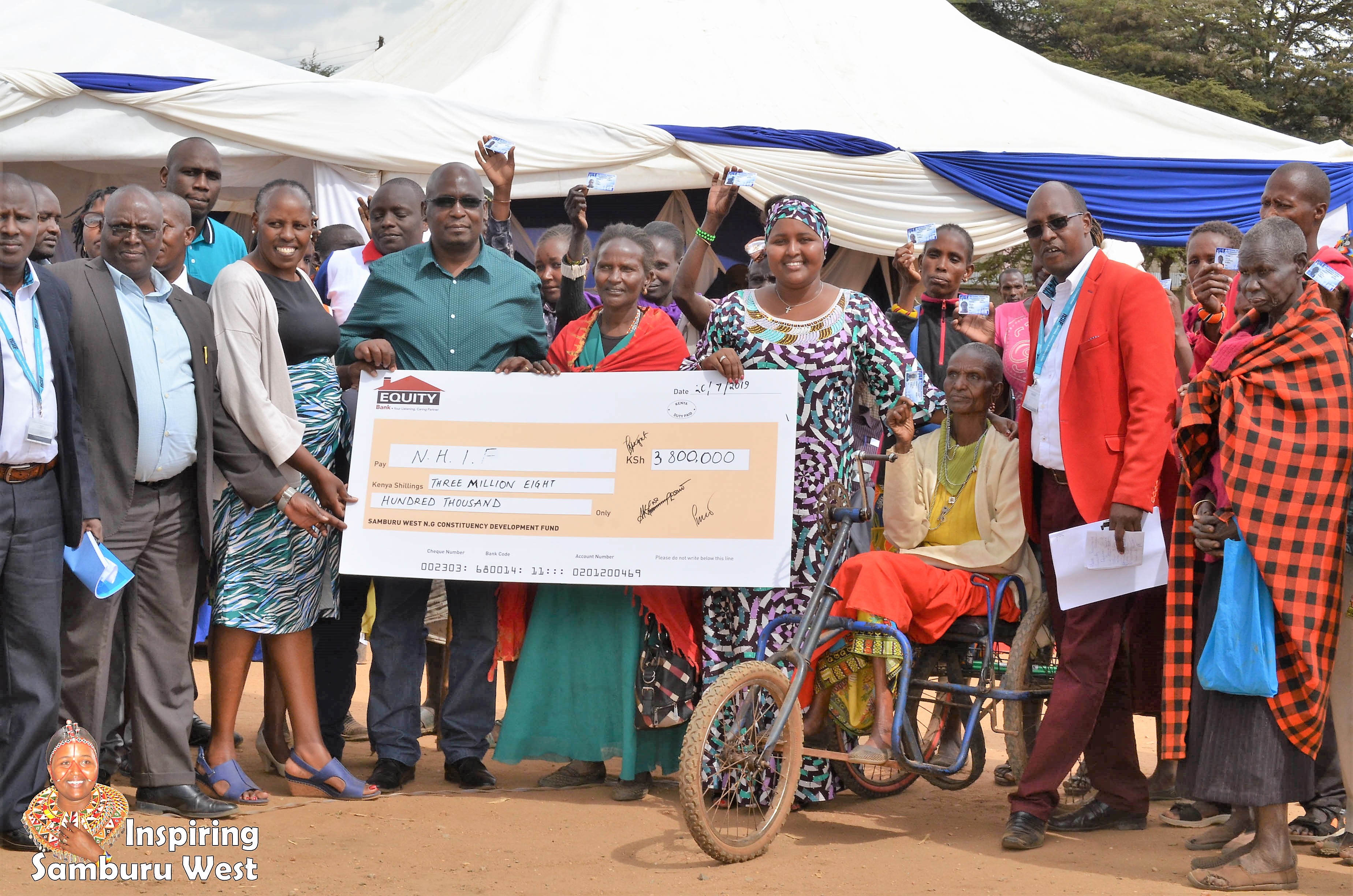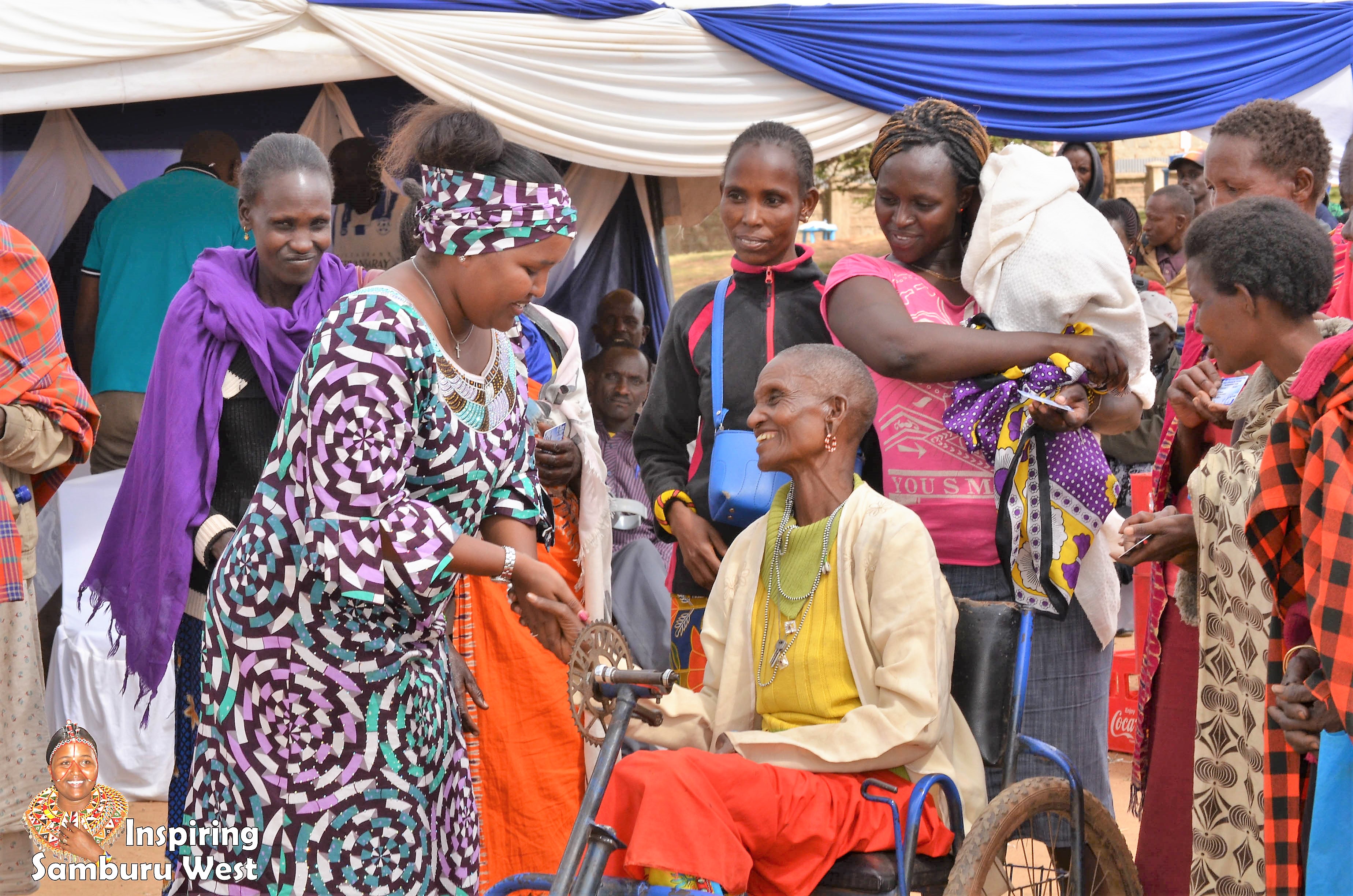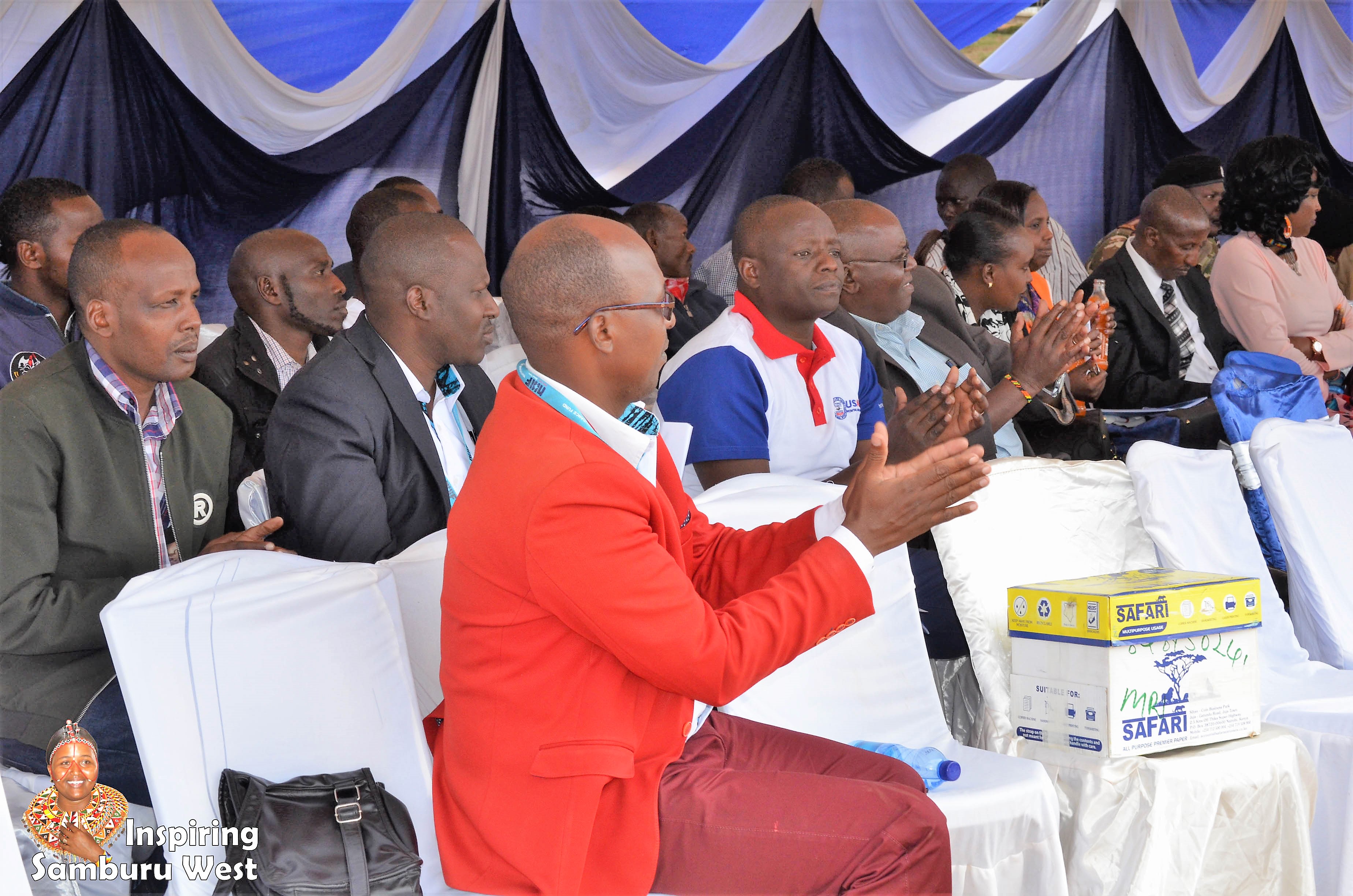More and more people are becoming victims of heavy emergency hospital bills as a result of low coverage (below 5%) of health insurance coverage in Samburu County. Many are unaware that out-of-pocket payments for health services could easily wipe out entire family savings and in some extreme cases, result in the sale of family property. These catastrophic health expenses are often directed to political leaders, friends and family groups.
It is this situation that prompted Samburu West Constituency Member of Parliament Hon. Naisula Lesuda to bring together several stakeholders to deliberate on possible solutions. The legislator tasked the team of stakeholders to conduct a Health Insurance Coverage Household survey in Samburu West Constituency to identify and classify households into those who can pay, those who can partially pay and those who cannot pay.
A committee of seven drawn from the County Department of Health, National Government Constituency Development Fund, National Hospital Insurance Fund, USAID/Afya Timiza, World Vision and Child Fund Data backed by 210 locally recruited enumerators conducted a six-day household census using a pretested questionnaire. Some of the vulnerability criterions used include: households headed by a person with disability, households with members with chronic illness, households with more than five (5) members between the ages of zero to 21 years, households headed by children and households whose head is aged (60 years and above).
The survey findings showed that out-of-pocket expenditure on health drives 5,175 households into a vicious cycle of poverty. The fact that 90% of households have no health insurance and 97% of respondents reported paying for health services out-of-pocket should worry decision makers in the county. Half of the respondents revealed they had never heard of NHIF – a pointer to the need to sustain public sensitisation and targeted outreach services to enrol more into the scheme. The factors affecting uptake of health insurance are a function of complex interactions of the contextual features including unaffordability (71%), not necessary (23%) and household decision dynamics (6%).
Globally, about 100 million people are being pushed into ‘extreme poverty’ (living on $1.90 or less a day) because they have to pay for health care services out of their pockets. The organization of primary health care for pastoral populations scattered over vast areas is major challenge. In Kenya, despite user fees being waived for primary health care services, indirect costs (such as payments for transportation to clinics), informal fees (such as illegal payments demanded by providers for otherwise ‘free’ services) and unofficial fees (such as requiring patients to purchase medicines that are no longer in stock), pose major barriers that prevent the poor and most vulnerable persons from accessing health care.
To successfully implement universal health coverage (UHC) in the County, stakeholders need to invest in addressing contextual determinants of the utilisation of health insurance including improved physical access to health facilities, availability of NHIF benefit package services at primary health facilities, ability of households to sustain monthly/yearly premiums, and changing provider behaviours to guarantee quality.
A multi-sector approach including investment in agriculture, livestock and youth livelihoods is essential to ensuring that communities finance their own health in the long-term. In addition, investing in the supply side requires both a strong advocacy component and frequent interactions with the county government to unlock the resources health facilities need to provide UHC.
Through the USAID-funded Afya Timiza activity, Amref Health Africa is contributing to creating equitable health access by supporting target facilities to meet the requirements for NHIF accreditation, thus increasing the number of health facilities where communities can access services under NHIF. Amref is also enabling hard-to-reach communities enroll onto NHIF during Umati and Kimormor outreaches that apply a cross-sector mobile approach to reach nomadic pastoral communities with basic health services.




